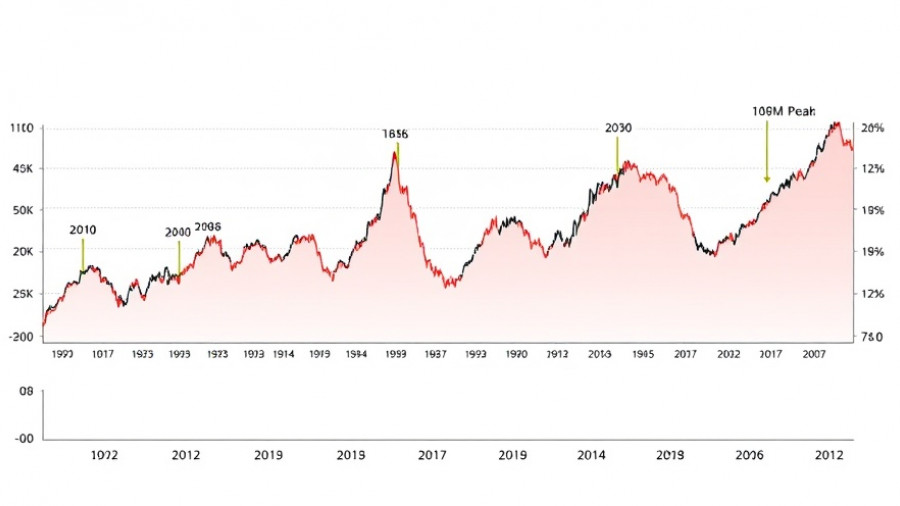
How AI is Reshaping Investment Management
Artificial intelligence (AI) is becoming an integral part of how investment decisions are made, promising enhanced judgment quality while posing significant risks. Understanding the landscape of AI in investment management is crucial for professionals navigating this rapidly evolving field.
Human + Machine Intelligence: The Winning Combination
The first key lesson from the risk frontier is the necessity of blending human intuition with AI capabilities. According to research highlighted by Karim Lakhani from Harvard Business School, analysts who integrate AI tools will have a competitive edge over those who don’t. This fusion not only strengthens consistency in decision-making processes but also enhances the overall quality of investments.
Understanding Limitations: Why Humans Still Lead
While AI excels at recognizing patterns, it struggles when faced with complex, less structured market scenarios. Current reasoning models can fail when complexity peaks, reinforcing the need for human oversight. Investment teams must establish workflows that prioritize human insight alongside AI data processing to navigate uncertain terrains effectively.
Regulatory Landscape: A Growing Concern
As investment managers increasingly rely on AI, regulators are becoming aware of potential risks to financial stability. Reports from organizations like the Financial Stability Board indicate threats ranging from misinformation spread through AI to cybersecurity vulnerabilities. The ongoing evolution of AI necessitates creating adaptive regulatory frameworks that ensure financial stability while holding AI applications accountable.
Conclusion: Preparing for an AI-Driven Future
The intersection of AI technology and investment management is a complex but exciting frontier. By embracing a collaborative approach between human expertise and AI capabilities, investment professionals can better navigate the uncertainties of the market while being equipped to adapt to an evolving regulatory environment. Prioritizing continued education and adapting to these developments will be vital for those wishing to thrive in this new environment.
 Add Row
Add Row  Add
Add 




Write A Comment